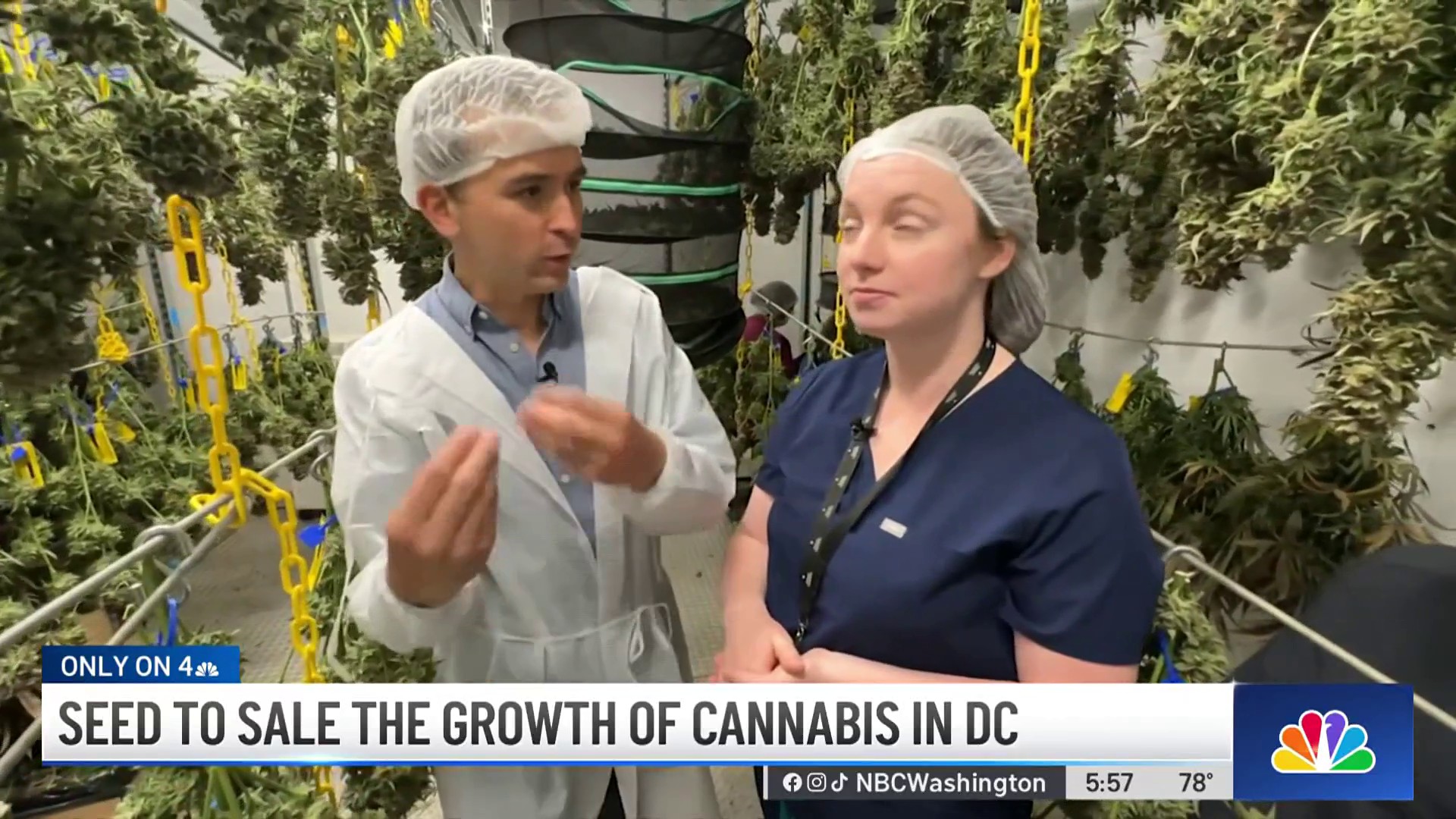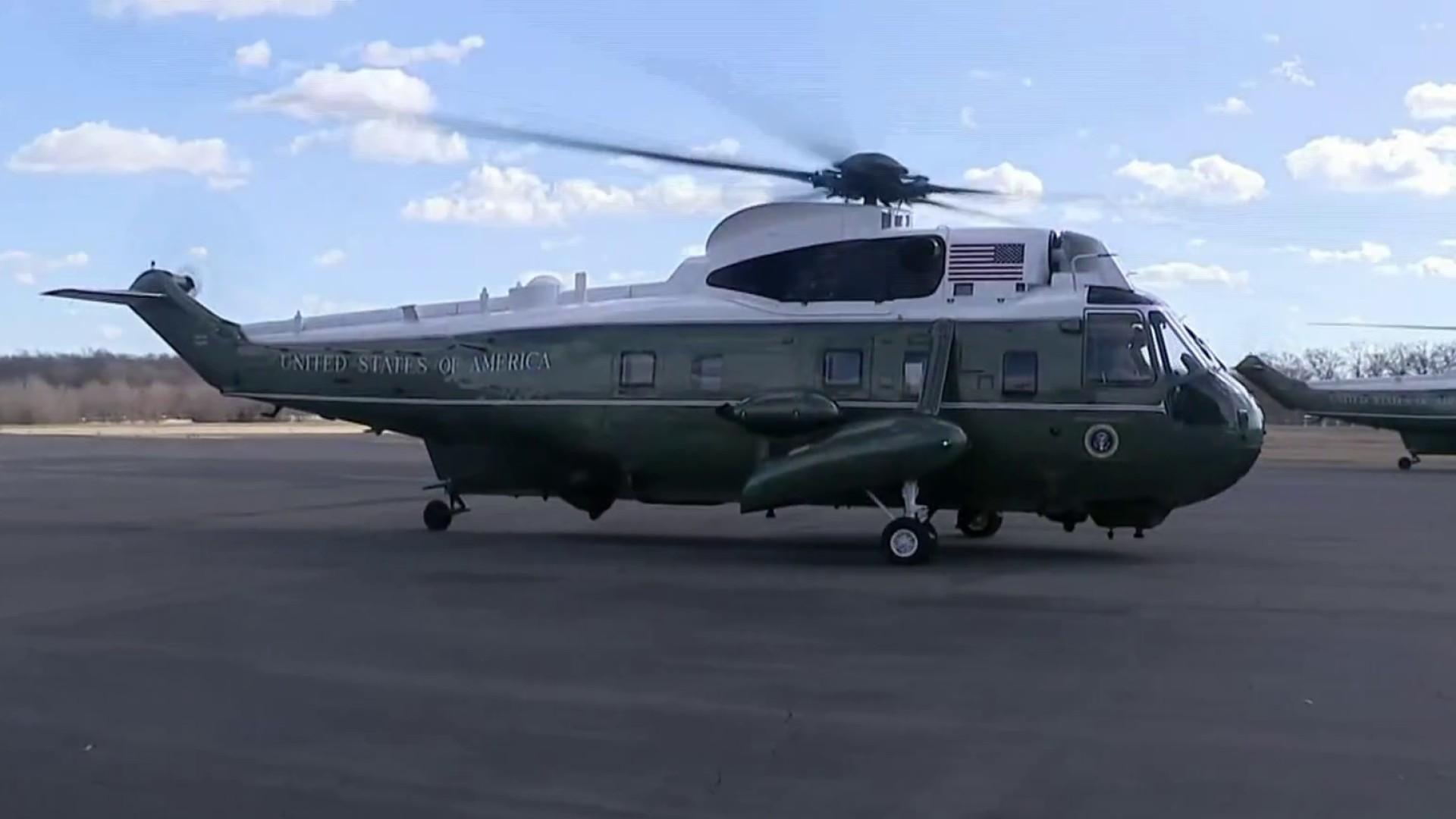The D.C. area has seen it all in the last four to five years: major blizzards, bitter cold, unseasonable warmth. And this year, Storm Team4 says to expect snow.
But not Snowmageddon.
Storm Team4 Chief Meteorologist Doug Kammerer issued his 2013-14 Winter Weather Forecast today on News4 at 5. We talked to him about how he develops his forecasts.
Q: How do meteorologists develop a model for a whole season's weather?
A: Our weather is controlled by many factors. I could list them all, the AO, PNA, ENSO, NAO, PDO, ENSO and many more. (For more on what each one is take a look here.)
But I'll focus on just two of those which I think play more of a role this year: ENSO and the NAO. ENSO is the the El Nino Southern Oscillation. ENSO has two phases -- the positive phase, or El Nino, and the negative phase, La Nina.
ENSO is focused in the equatorial Pacific Ocean close to the coast of South America. (If you would like to learn more about ENSO, here is a link.)
Local
Washington, D.C., Maryland and Virginia local news, events and information
This year ENSO is in more of a neutral phase, although it has been leaning negative over the last year or so. Normally this state would mean an average winter for us.
But I have looked at this pattern going back about two years. I have found a pattern that I think has been seen before. By comparing that pattern to past winters, I have found a trend: four winters which have similar characteristics.
Those winters are the winters of 1961-62, 1962-63, 1967-68 and 1981-82. Each of those winters have similar trends to what we are seeing now in our weather pattern and each of those have similar ENSO patterns as well. To see what I am talking about take a look at this chart.
Q: What we all want to know: What does that trend mean for snow in the D.C. area?

A: During those winters we saw above average snowfall. In fact, the correlation is very strong with an average snowfall of 20.1" -- about 5" above average for D.C.
Places like Dulles and Baltimore saw an average of about 30" in those years. But most of the storms during those years were small storms, with a few 3-6" snowfalls.
If you're hoping for a big storm, the data just don't support that, but they does support snow.
Is a big storm out of the question? No, but don't get too excited. I am not predicting another Snowmaggedon!
Q: What about the average temperatures in the trend you identified?
A: Something else really sticks out from those years and that is the cold. All of those past winters were dominated by a negative NAO, or North Atlantic Oscillation, which I talk about in my Winter Weather Forecast. In its negative phase, cold air is able to move down from Canada.
At the same time, storms are able to move up the coast. With the two working together -- cold air and storms -- we get more snow, and I think that will be the case this year. For more on the NAO, click here.
Looking at the winter months of those years we can try to deduce what we can expect this year. Temperatures in December averaged out to be slightly below average. January though was just plain cold in all four of the years we discussed. February was cold as well, with March going back above average. So we are forecasting temperatures to be below average for most of the winter.
Yes we will have a few warmer periods too, but on the whole I think you will need your coat a lot more than you did last year. I also think you will need your snow shovel!
Have a great winter everyone, and if you have any questions, feel free to find me on Facebook at facebook.com/dougkammerer or on Twitter at twitter.com/dougkammerer.



